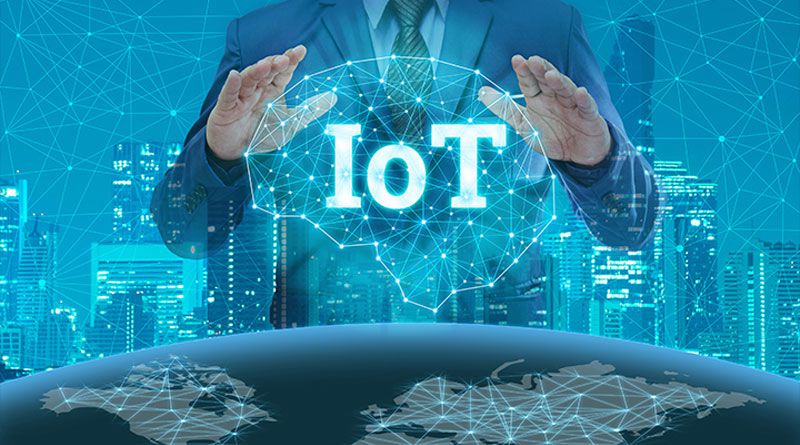What is the Internet of Things?
The Internet of Things is a collective term for everyday objects which are internet-enabled. They carry out their traditional function, but they also have a Wi-Fi connection, which means they can make your life even easier. The Internet of Things (IoT) refers to the interconnected network of physical devices, vehicles, appliances, and other objects embedded with sensors, software, and connectivity, enabling them to collect and exchange data. IoT creates a seamless ecosystem for automation, monitoring, and efficient communication, enhancing various aspects of daily life and industry.
Can I have an example?
Sure. A kettle connected to an app on your phone could be boiled and waiting when you arrive home, and want a cup of tea. A fridge could order milk when you’re running out. And a pill bottle could send you a text if you forget to take your dose that day.
Can I use this technology now?
You can. Have you heard of apps that turn your central heating on as you start to head home? That’s an example of the Internet of Things in action. Likewise, wristbands for tracking health and fitness are also considered to be part of the Internet of Things.
Where can I learn more about this?
RS Components have put an infographic together that sums up the Internet of Things. You’ll see where it all started, how it developed, what you can use now, and what you could use in future. As they say themselves, the Internet of Things is just getting started. Find out more in the infographic below.
The Internet of Things (IoT) works through a combination of hardware, sensors, connectivity, and software that enable devices to collect, exchange, and act upon data. Here’s a simplified overview of how IoT typically works:
- Sensors and Devices: Physical devices, such as sensors, actuators, and other gadgets, are embedded with the necessary hardware to collect data or perform specific actions. These devices can range from simple temperature sensors to complex machinery.
- Connectivity: IoT devices use various communication technologies to connect to the internet or other devices. Common connectivity options include Wi-Fi, Bluetooth, Zigbee, cellular networks, or low-power, wide-area networks (LPWAN).
- Data Transmission: Once connected, IoT devices transmit data to centralized servers or other devices. This data can include information about the device’s status, environmental conditions, or any other relevant metrics.
- Data Processing: The collected data is processed and analyzed either locally on the device or in cloud-based systems. Advanced analytics and machine learning algorithms may be applied to derive meaningful insights from the data.
- Action and Feedback: Based on the analysis, IoT systems can trigger specific actions. For example, a smart thermostat might adjust the temperature in a room, or an industrial IoT system might alert maintenance personnel about a potential equipment failure. Feedback can also be sent back to the device or user.
- User Interface and Control: Users often interact with IoT systems through applications or user interfaces. This can involve monitoring the status of devices, setting preferences, or receiving alerts and notifications.
- Security Measures: IoT systems need robust security measures to protect data and prevent unauthorized access. This includes encryption, secure authentication, and regular software updates to address vulnerabilities.
- Integration with Other Systems: IoT is often part of a larger ecosystem that includes other technologies and systems. Integration with existing infrastructure, databases, or third-party services is crucial for seamless operation.
Overall, the Internet of Things enables a wide range of applications, from smart homes and wearable devices to industrial automation and smart cities, by creating a network of interconnected devices that can share information and automate processes.


WritoMeter is a seasoned content creator, a leading content writing services provider. With a passion for storytelling and a knack for turning ideas into engaging narratives, WritoMeter bring a wealth of experience to the world of digital content. For any types of content writing services contact us on info[at]writometer.com.

